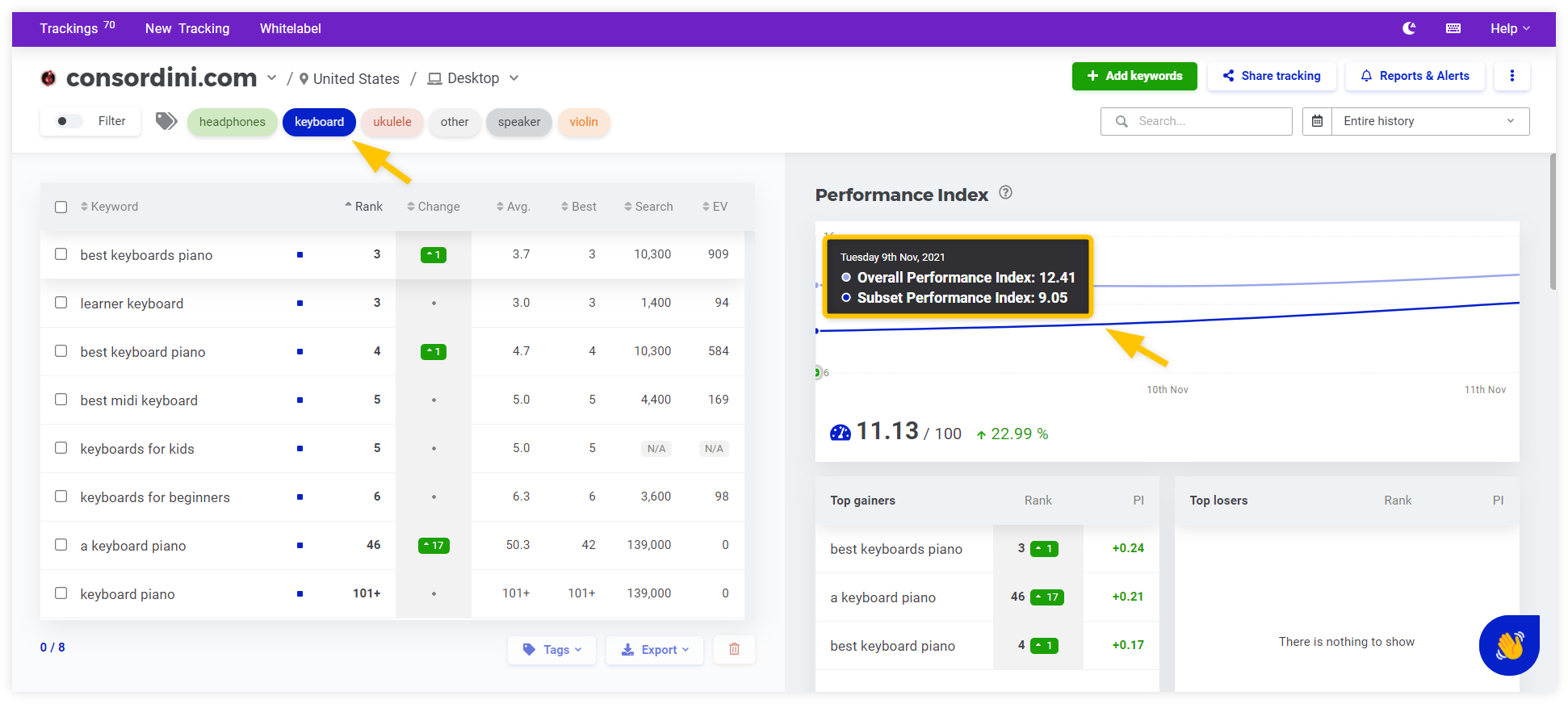

To calculate your tolerating response time, multiply the target response time by 4, which means anything between 1 and 4 seconds. Let’s say you define a target response time of 1 second or less. For example: a doctor, who is used to a slow electronic health record (EHR) system might be satisfied with a response time of 15 seconds, whereas a security analyst working in a security operations center (SOC) might require dashboards to load in less than a second. There’s no standard number to apply here, as every application has a unique set of users with different tolerances for speed. The Apdex formula first depends on defining a target response time for satisfactory users. (In this respect, it fills a similar need to Core Web Vitals while measuring quite different indicators).īecause teams with the proper tools can monitor their Apdex score constantly, it’s a useful application performance metric for tracking user satisfaction over time, which unlocks all new possibilities, like tracking Apdex after every release to see whether the user experience is getting better (or worse). It converts raw data, which can be difficult to interpret, into human-friendly insights about real user satisfaction, which helps disparate (and often non-technical) teams align on new features or improvements that could improve scores.
#SOFTWARE DEVELOPMENT PERFORMANCE INDEX FREE#
A satisfied user feels fully productive on your application due to a smooth, responsive experience that’s free of any slowdowns.The Apdex ( Application Performance Index) score is an open standard, developed and maintained by the Apdex Alliance, which defines three different types of users and their experience with an application: How does an Apdex score help? With all these definitions, each valid but skewed by individual priorities, how can a company agree on what “performance” means across multiple teams, applications, and services? Apdex gets teams to “measure what matters”: the user experience.
#SOFTWARE DEVELOPMENT PERFORMANCE INDEX CODE#
Product or marketing folks might say the only performance that matters is an application that attracts users, retains them, and keeps MRR rising.Īnd then there’s you, arguing that an application’s performance is its raw speed: how quickly it responds to input, executes backend code and queries a database, and returns data. A designer might say a critical dimension of performance is how easily users can get tasks done thanks to a carefully-crafted UI. An SRE engineer might argue that a performant application has the highest possible uptime. If you ask people in your organization to define what “performance” means for the application you’ve developed and deployed, you’re likely to get different answers. ( 2279 words)Īpdex scores focus and align the varying perceptions of different teams. A guide to Apdex score: Calculations, improvements, and more By Joel Hans | Posted | 11 min.


 0 kommentar(er)
0 kommentar(er)
